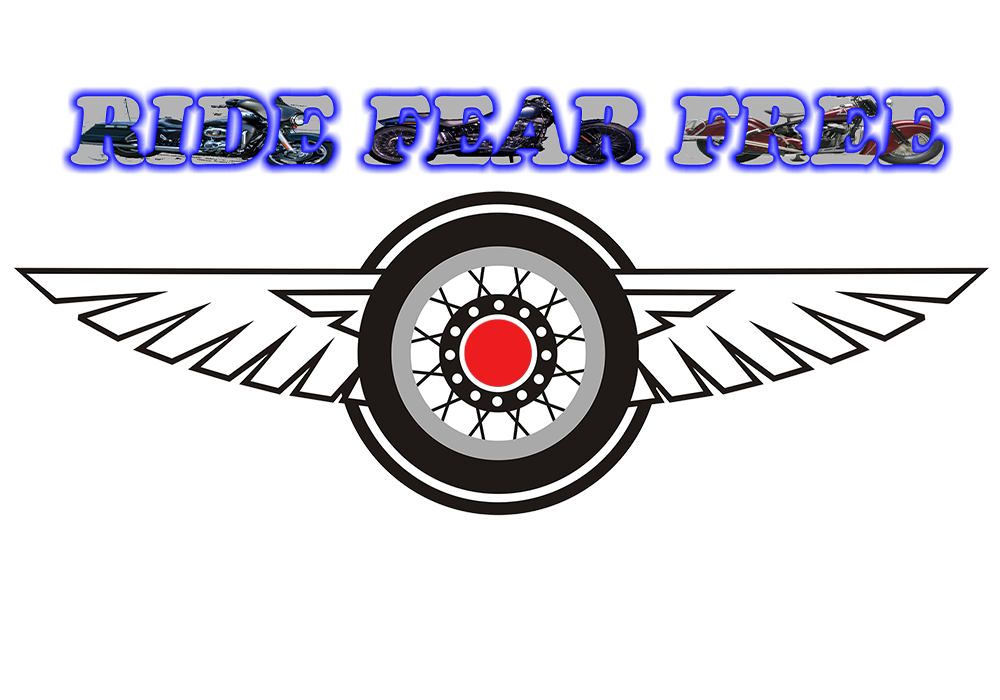Quick Answer: Unite industry stakeholders and government agencies by establishing clear safety objectives, building trust through transparent communication, creating structured engagement opportunities like industry days and one-on-one meetings, fostering collaborative problem-solving sessions, and maintaining ongoing relationships while measuring impact through data-driven evaluation processes.
Getting government agencies and industry players on the same page for safety initiatives feels like herding cats sometimes. You've got regulatory frameworks, competing priorities, limited budgets, and stakeholders who speak entirely different languages. But here's the thing – when safety officials master the art of uniting these groups, the results can be game-changing for public safety outcomes.
No matter who you are or where you work in the safety field, you've probably experienced the frustration of watching great safety ideas die in committee or seeing industry partners and government agencies work at cross-purposes. The good news? There's a proven framework for bringing these groups together effectively.
Step 1: Establish Clear Safety Objectives and Identify Key Stakeholders
Start with crystal-clear objectives. Before you can unite anyone, you need to know exactly what you're trying to achieve. Are you developing new safety regulations? Improving existing standards? Addressing emerging safety concerns like those we see in motorcycle travel safety?
Create a comprehensive stakeholder map that goes beyond the obvious players. Government agencies control critical regulatory frameworks including health and safety standards, environmental regulations, and legal requirements that define how enterprises operate. But don't forget about industry associations, insurance companies, equipment manufacturers, and end users who will be affected by any safety initiatives.
Release your industry partner list publicly. Transparency from day one builds credibility and ensures you're not missing key voices. This approach helps identify organizations that can offer services, products, or solutions aligned with your safety goals.

Think of this step as building your safety coalition's foundation. Without a solid understanding of who needs to be involved and what you're trying to accomplish, even the best engagement strategies will fall flat.
Step 2: Build Trust Through Transparent Communication
Understand your audience first. Government agencies and industry stakeholders operate in completely different worlds with distinct priorities, timelines, and success metrics. Local authorities have strategic mandates set by political leadership, while industry partners focus on operational efficiency and compliance costs.
Be honest and upfront about your objectives, timelines, and expected outcomes. Pure sales approaches or hidden agendas will torpedo your efforts before they start. Address trust barriers head-on – many industry partners have had poor experiences with government processes in the past.
Demonstrate expertise and share relevant case studies. Nothing builds credibility faster than showing you understand the real-world challenges both sides face. If you're working on motorcycle safety initiatives, reference successful programs from other regions or highlight data-driven improvements from previous collaborations.
The key here is authenticity. People can smell BS from a mile away, especially in safety discussions where lives are literally on the line. Be transparent about what you know, what you don't know, and where you need their expertise.
Step 3: Create Structured Engagement Opportunities
Hold industry days to showcase capabilities. These events create valuable knowledge-sharing opportunities and help government agencies understand what solutions are actually available in the marketplace. Include virtual components to increase accessibility and participation from stakeholders who might not be able to travel.
Implement multiple engagement formats to accommodate different preferences:
- One-on-one meetings with industry partners for detailed input on safety requirements
- Round table discussions for collaborative problem-solving
- Public forums for broader community input and transparency
- Request for Information (RFI) processes followed by virtual Q&A sessions
Don't rely on just one industry voice. Schedule meetings with multiple interested parties present to ensure you're getting comprehensive input rather than solutions tailored to one company's capabilities.

Think variety when planning engagement opportunities. Some stakeholders thrive in large group settings, while others prefer intimate discussions. Some want formal presentations, others prefer working sessions. Give people options and you'll get better participation.
Step 4: Foster Collaborative Problem-Solving
Invite industry partners to help develop safety requirements. But here's the crucial part – get input from multiple sources, not just the loudest voice in the room. Schedule meetings with all interested government parties present to ensure comprehensive discussion of technical questions and safety concerns.
Communicate impact and value clearly. Safety officials need to articulate how proposed solutions will save time and money while delivering better protection. Root discussions in data and evidence, using case studies from other organizations when possible to demonstrate proven safety improvements.
Focus on shared objectives. Government wants compliance and public safety. Industry wants clear, achievable standards and level playing fields. Find the common ground and build from there. Often, the best solutions emerge when you get both sides working together on specific technical challenges rather than debating abstract policy concepts.
Remember that industry partners bring real-world implementation experience that government agencies often lack. They know what works in practice versus what looks good on paper. Tap into that knowledge while maintaining regulatory objectivity.
Step 5: Maintain Ongoing Relationships and Measure Impact
Establish continuous communication channels. Don't treat collaboration as a one-time project phase. Publish forecast opportunities on public websites to enable industry partners to respond to future safety initiatives and propose innovative solutions.
Create communities of interest for ongoing updates and information sharing. Regular communication helps ensure collaborative relationships continue serving safety objectives effectively and allows new stakeholders to be integrated as needs evolve.
Conduct ongoing due diligence into industry partners and their safety capabilities. Regular evaluation helps maintain quality standards and ensures partnerships remain productive over time.
Monitor engagement effectiveness by tracking participation rates, solution quality, implementation success, and most importantly, safety outcome improvements. This data helps refine your engagement process and demonstrates value to leadership, securing continued support for collaborative safety initiatives.

Track what matters. Are your collaborative efforts actually improving safety outcomes? Are industry partners implementing agreed-upon standards? Are government agencies streamlining approval processes? Measure the right metrics and adjust your approach based on results.
The reality is that industry engagement is fundamentally about communication and building productive relationships between government and industry. Success requires patience, consistency, and genuine commitment to shared safety goals rather than treating collaboration as a checkbox exercise.
Looking ahead, the most successful safety initiatives increasingly depend on this kind of public-private collaboration. Whether you're working on motorcycle adventure safety or industrial workplace standards, the principles remain the same – clear objectives, transparent communication, structured engagement, collaborative problem-solving, and ongoing relationship management.
If you have any doubt about the power of effective stakeholder engagement, look at successful safety programs in aviation, automotive, or construction industries. The best results always come from government and industry working together rather than in isolation.
Ready to improve your stakeholder engagement strategy? Visit www.RideFearFree.net for more resources on safety communication and collaboration best practices.
Contact: Dan Kost, CEO | +1 (970) 693-4854 | LinkedIn
Share this post: LinkedIn | Facebook | X | Instagram
Tags: #Motivation #Branding #Strategy #Marketing #AdvertisingAndMarketing #DigitalMarketing #Innovation #Sports #SafetyEngagement #GovernmentRelations #StakeholderManagement #PublicPrivatePartnership #SafetyCompliance #RegulatoryAffairs

